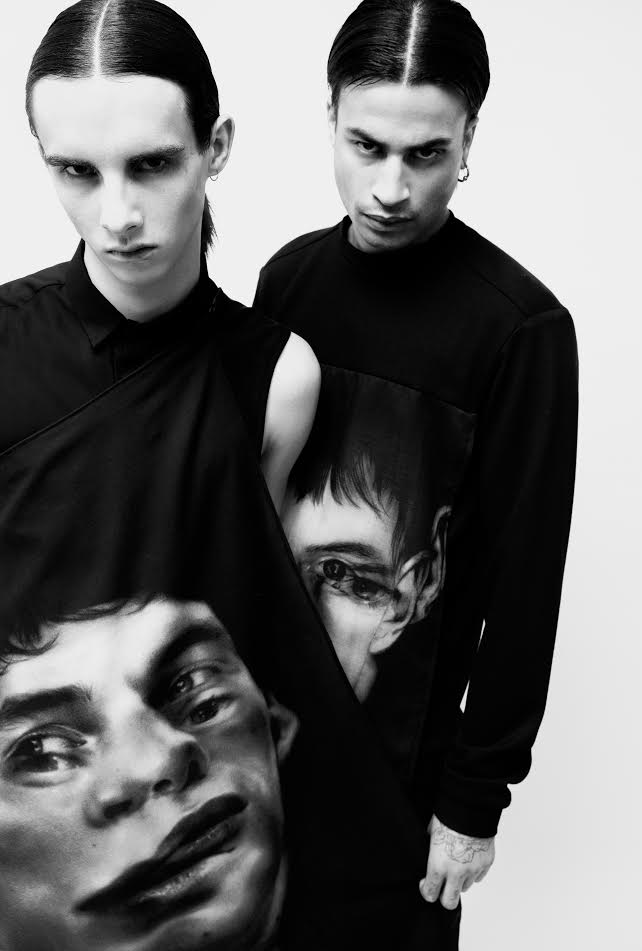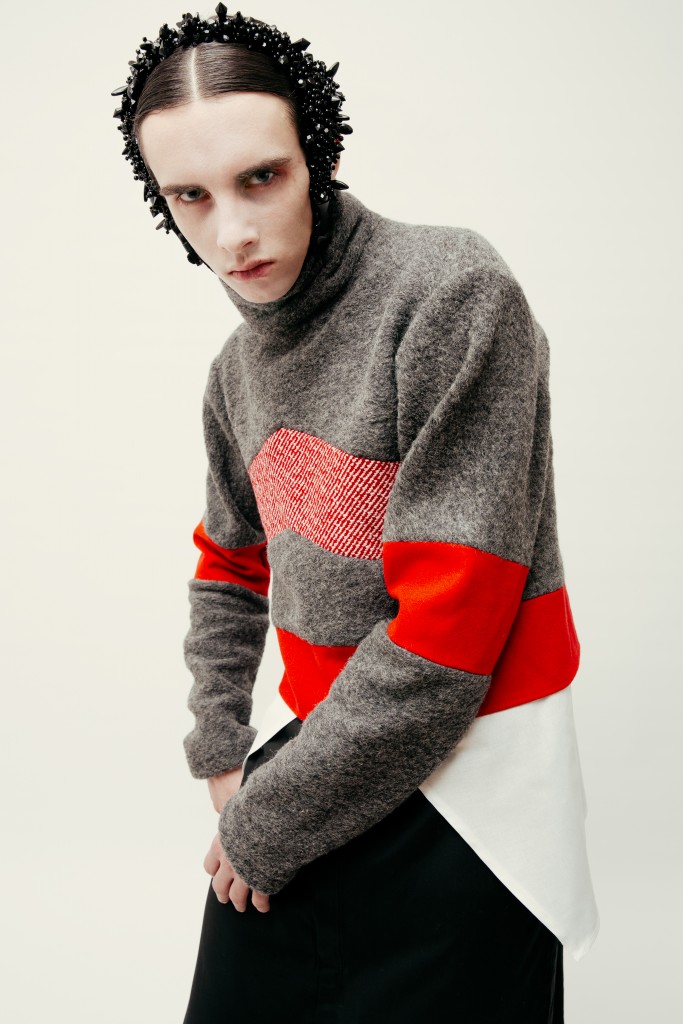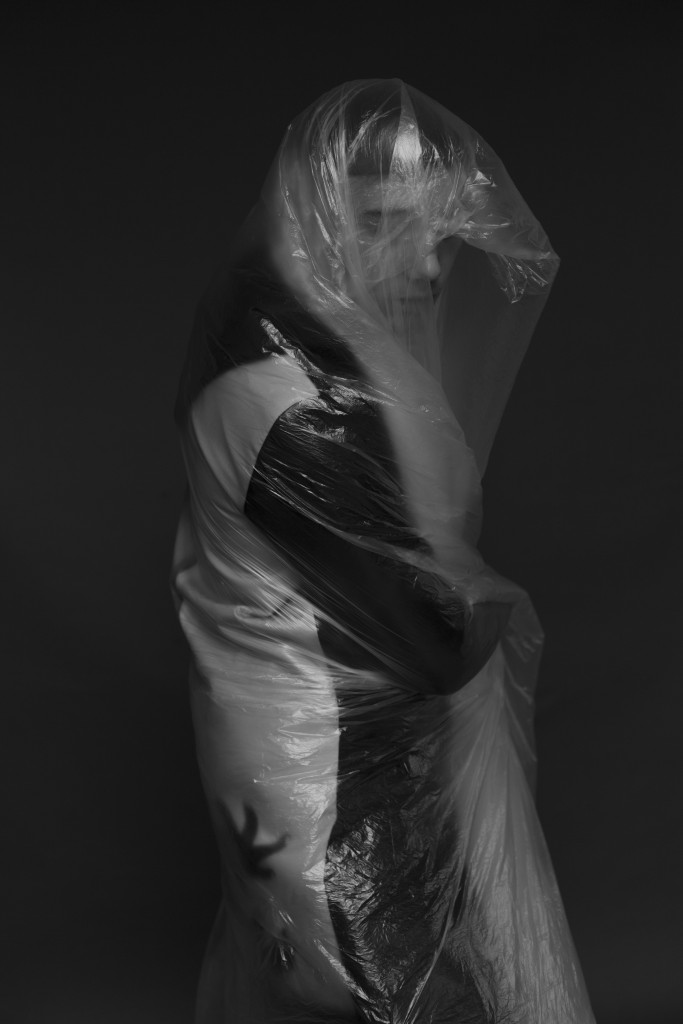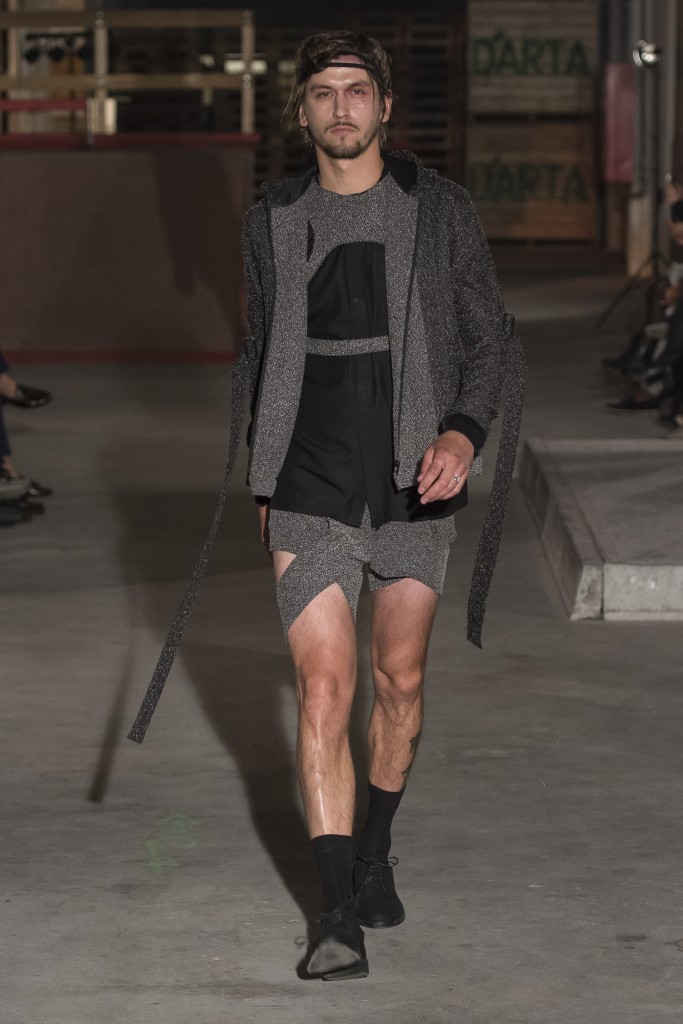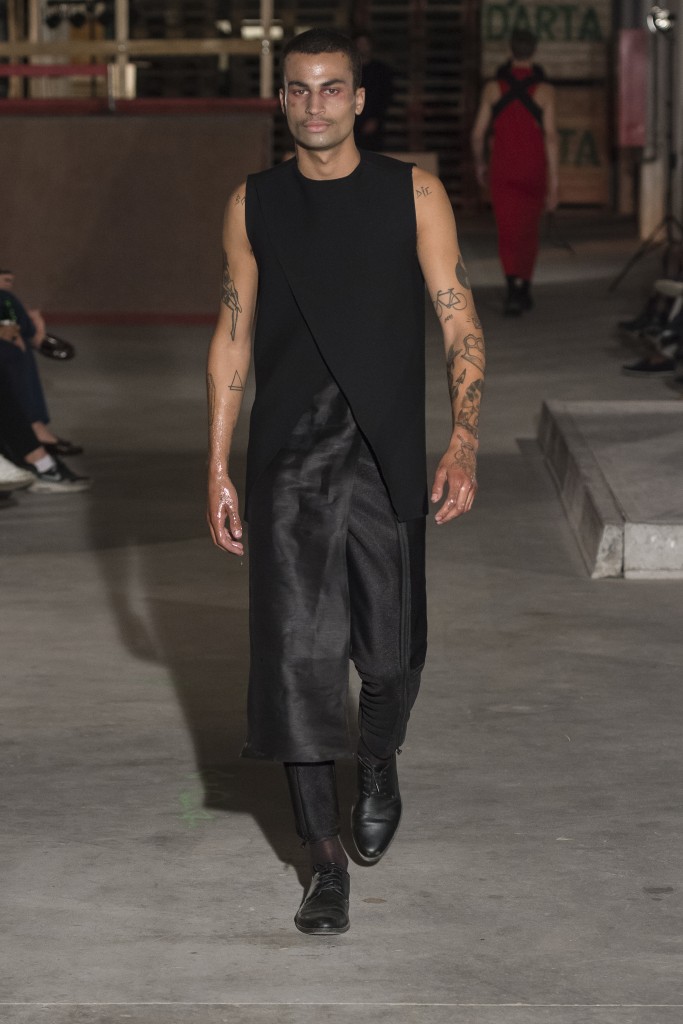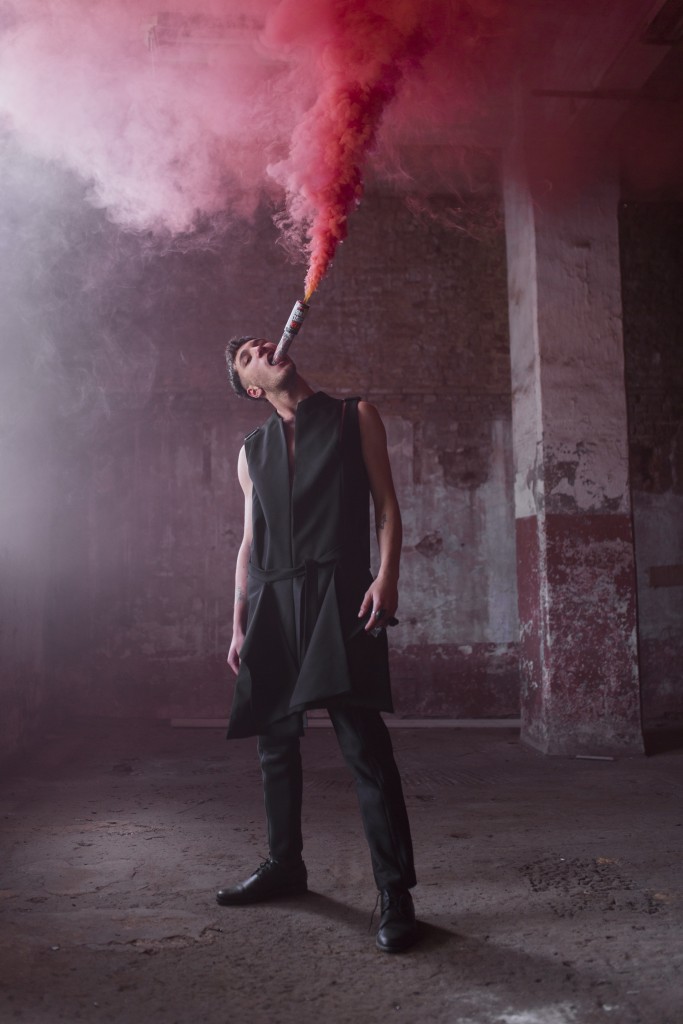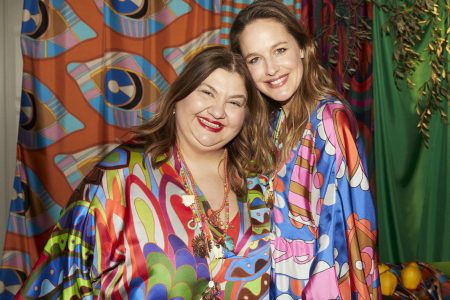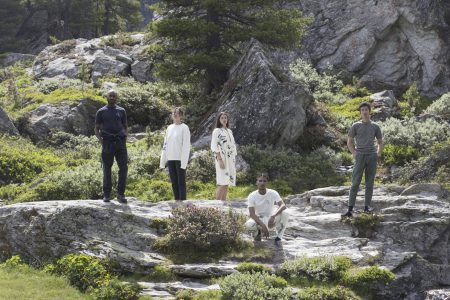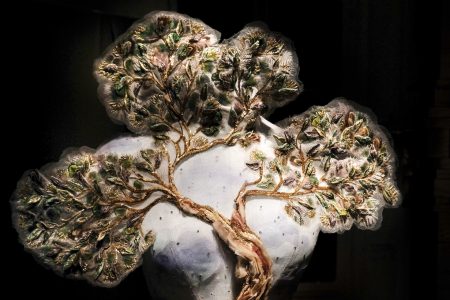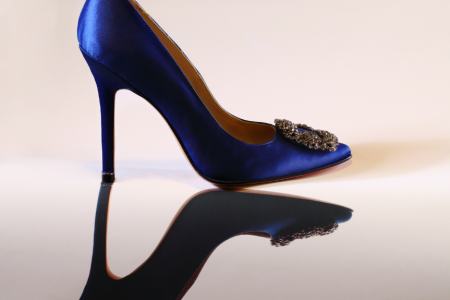Giuseppe Virgone : This Is A Man’s World
Giuseppe Virgone loves black, references to the past, and the less formatted side of men’s fashion. A meeting with an aficionado who has just presented his winter collection 2019 in Paris.
TLmag: Does one decide to become a designer?
Giuseppe Virgone: I certainly did! I was always fascinated by the body, space and movement. I could have been a scenographer, but my interest in fabric was too strong. I first studied plastic arts, but I wasn’t sufficiently fulfilled by the raw material. I wanted to change path and concentrate on fashion. From the outset, I felt freer in my creative process. Since then, I live for fashion.
TLmag: Why men’s fashion? Does it offer more creative freedom?
G.V.: I have more sensitivity to the male body than the female. My first sources of inspiration were 15th century monks and strong characters from mythology. Essentially, I feel that masculine design is less formatted.
TLmag: Fashion is a judicious balance between art and business. How do you find the golden mean?G.V.: When I design, I express what I am feeling at the moment. I try to tell a story while integrating the most saleable piece in the collection. If I put myself in a too sales-oriented frame of mind, I cannot create in the way I want.
TLmag: That being said, in the end, your best sellers are, for example, your photograph-printed sweaters.
G.V.: There again, it’s a question of balance. My collaborations with contemporary artists allow me to bring added value to the much more saleable pieces, such as those sweaters.
TLmag: Several of your silhouettes are composed of pants inspired by a classic model, worn with a more ‘street’ sweater. Is that your vision of the man’s suit 3.0?
G.V.: When I create silhouettes or looks, I don’t use classic references (three-piece suits or other). I express my vision of ‘man’. I don’t claim to be drawing the contours of Man 3.0. I just want to express my projection of today’s man.
TLmag: And what is your definition of the modern man?
G.V.: I don’t know what a modern masculine silhouette could be. I do think that it is more the attitude than the clothes that gives contemporaneity to today’s man.
TLmag: How do you justify your rather minimalist choice of colours?
G.V.: Considering my universe, I have difficulty creating coloured clothes. Personally, I generally wear black.
TLmag: Your clothes are distributed by the boutique Stijl, in rue Dansaert: a brand that has always supported designers and that, like all multi-brand boutiques, is suffering from the disruptions rocking the fashion sector (online sales, ‘no season’, faster business speed, etc.). How are you experiencing the upheavals in the world of fashion?
G.V.: The behaviour of customers changes quickly today. With each collection, I tell myself it will be my last. Then something good happens that pushes me to keep going, such as an invitation from a boutique like Stijl, or the major support of a structure like WBDM.
TLmag: Which other designers do you feel close to? Do you have references that are unique to you?
G.V.: I have never considered that question. I move forward without wanting to resemble this or that designer. I just what to express my vision of man. In any event, I feel closer to the creations of artists and musicians than to those of fashion designers.
TLmag: Designing yet another pair of pants could feel pointless. What pushes you to innovate, to surpass yourself, to try to reinvent clothing?
G.V.: My work is not to design a sweatshirt, pants or jacket. What interests me is the process that gives an item of clothing added soul. I begin by designing fragments of clothing to, ultimately, create more imposing pieces. Then I use these initial silhouettes, to design simpler, more wearable proposals.
TLmag: How do you see your future as a designer? Within a fashion house?
G.V.: My goal is not to work for a fashion house. I am scared to lose myself, my creative spirit, in a too-rigid schema within which I risk becoming a mere executor. I prefer to develop my brand within a small structure in Brussels.
TLmag: Does Belgitude fashion open doors? What does it say today?
G.V. There is indeed a Belgian style that can be seen in the cuts, materials and attitudes. I think it does open doors…even when your name is Italian, like mine.
TLmag: You work with Belgian musician Mustii. What do these types of collaboration offer you?
G.V.: Mustii is an enthusiastic person. Our universes are rather close. Working together was an obvious step. It has also resulted in a great friendship. When I decide to work with someone, I think first about the image of that person, before thinking of mine. The idea isn’t at all to boost my own brand image.
